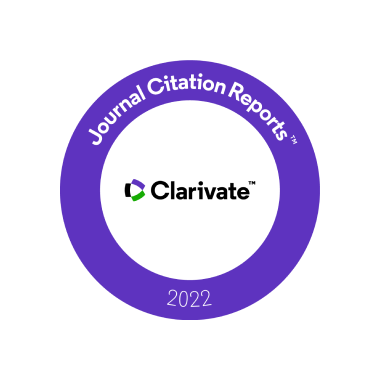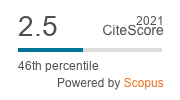On Improving Efficiency and Utilization of Last Level Cache in Multicore Systems
DOI:
https://doi.org/10.5755/j01.itc.47.3.18433Keywords:
last level cache, multicore, data replication, cache partitioning, cache managementAbstract
With the increasing need of computational power the trend towards multicore processors is ubiquitous. The current on-chip architecture comprises multiple cores which usually share last level cache which can be physically distributed on chip. In order to provide system predictability, especially for a real time system where quality of service (QoS) depends on minimum miss rates and low worst case execution time (WCET) for applications running on different cores, efficient cache management techniques are required. Since memory hierarchy and its management is the key of overall system performance and access to off-chip memory for data consumes many clock cycles along with many units of power, it is important to restrict the off-chip access and provide the optimum solution for the on-chip access. To increase performance and energy efficiency various techniques are proposed. This article aims to provide the researchers with the state-of-the-art critical review of the various approaches that focus on data replication and cache partitioning techniques for L3 cache. The existing literature is presented through several classifications based on appropriate design and algorithm. Maintaining energy efficient system is a crucial challenge for multicore processors. This article discusses various techniques which address upscaling performance without compromising on energy efficiency. The article also evaluates cache and/or various processors for high performance applications such as bioinformatics, image & video processing, applications and DSP and IOT.Downloads
Published
2018-09-10
Issue
Section
Articles
License
Copyright terms are indicated in the Republic of Lithuania Law on Copyright and Related Rights, Articles 4-37.





